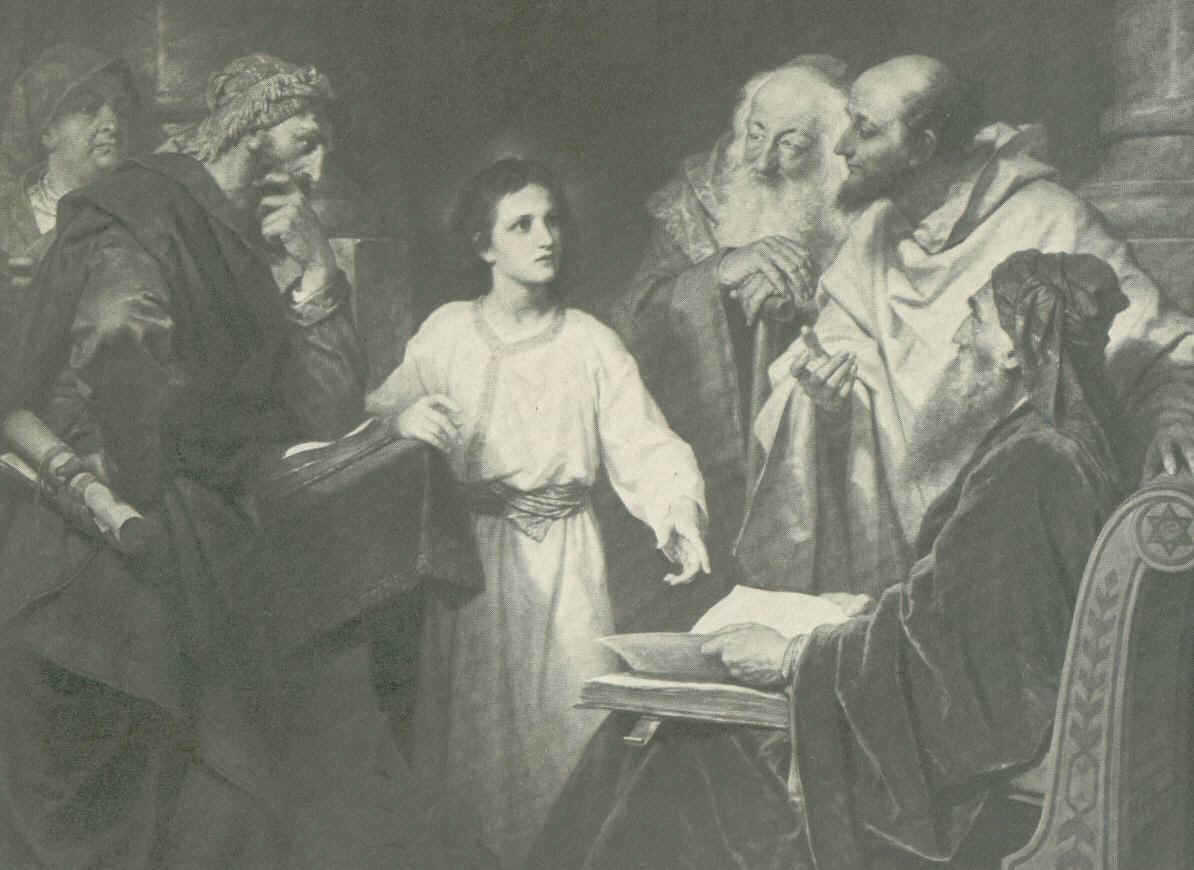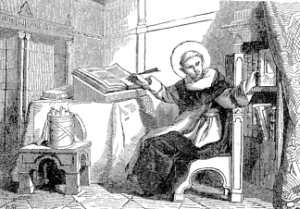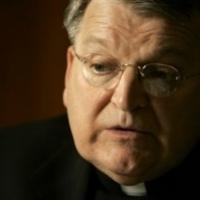An orientation to the question of canonical form for marriage
Further to my observation that the future of canonical form might be worthy of Synodal attention, I offer below a (mostly) English bibliography of studies from the years 1960-1965. My choice of dates is intended to show that debates about the future of form are nothing new. Even this short list includes writers from several nations.
A few points, in no particular order, to keep in mind.
1. Canonical form, as a requirement for the validity of marriage, is only about four hundred years old and it has been universally demanded in the Church for less than 100 years. By far the greater part of Church history did not know canonical form.
2. Canonical form was hotly debated at Trent; there were serious sacramental and canonical objections raised to imposing form. Those objections still apply.
3. Canonical form was effective at eliminating ‘clandestine marriage’ in places where the form requirement was imposed. Whether clandestine marriage is still a great social problem is obviously a question.
4. Every year, thousands of Catholics (just in the USA) are declared free of the consequences of marriages that the Church holds non-Catholics to observe, solely because of the Catholic’s failure (whether from honest ignorance, flat defiance, or a range of attitudes in between) to comply with canonical form. What, in the 1960s, only a few Catholics knew how to manipulate to their advantage, is now often seized upon by duplicitous laity, sometimes even with the encouragement of conniving clerics, so as to enter “trial marriages” just to “see how things work out”, knowing they have a get-out-of-marriage-free card to play (even if the other party is unaware of the loop-hole).
5. Catholics “married” outside of form, even if they acted in good faith and are in stable relationships, are deprived of the specific sacramental graces of Matrimony because of the canonical invalidity of their marriage; meanwhile Protestant couples, not bound by form and so able to marry in a variety of ways, enjoy the graces specific to Matrimony (even if they are unaware of or uninterested in the sacramental character of Christian-Christian marriage).
6. The law on canonical form boasts a very complicated history, but it is one largely aimed at mitigating the scope of form; presently, however, (esp. after 2006), we live in a period of extreme applicability of the requirement of form. Each time the scope of form has been so greatly, and usually suddenly, extended (as is the situation now), an ecclesial reaction sets in to push back the scope of form.
7. The law of canonical form has spawned a host of legal problems and a number of canonical work-arounds for legal problems associated with, for example, faculties for weddings, jurisdiction over parties, and even how to reckon marriages null because of different types of problems with form. Many of these problems are unique to canonical form and would disappear with its elimination; likewise, many of the solutions that often stretch legal logic to an unseemly extent.
8. Much of the circum-Conciliar discussion of canonical form arose in the context of mixed marriage (Catholic-Protestant) and was concerned with protecting the promises (cautiones) to be made by non-Catholics marrying Catholics. But, long story made short, these so-called cautiones have become, juridically speaking, a non-factor in mixed marriages now. Thus, the arguments for retaining form based on protecting the cautiones are basically moot.
9. Much of the earlier discussion of form talks about retaining form for liceity but not for validity. In my view, even this approach is problematic. Liceity these days is viewed by most as the expression of a canon law that it’s okay to break. Such an approach contributes to the severe antinomianism that pervades Church and State these days. There are better ways, I believe, to achieve the good that something like form could still serve without framing laws whose violation results in, at most, a pastoral tsk-tsk.
10. A short reading list for those who would like to discuss the future of canonical form in an informed manner would include:
- J. Barry, “The Tridentine form of marriage: is the law unreasonable?” The Jurist 20 (1960) 159-178. • An early cogent case against the retention of canonical form.
- J. Abbo, “A change in the form of marriage” The Priest 19 (1963) 670-674 • Outlines sympathetically Barry’s arguments from The Jurist; J. Abbo, “The form of marriage” The Priest 20 (1964) 64-66, outlines some reasons to keep canonical form (though one may wonder how persuasively those latter arguments were offered even in their day).
- G. Gallen, “Proposal for a modification in the juridical form of marriage” The Australasian Catholic Record 38 (1961) 314-328. • Good historical overview of the law, argues that pastoral advantages asserted for form can be obtained without resort to form as well.
- L. Örsy, “De forma canonica in matrimoniis mixtae religionis” Periodica 52 (1963) 320-347. • Good overview in the context of mixed religion cases. Has a very good multi-lingual bibliography.
- W. Cahill, “Change the marriage law?” Homiletic and Pastoral Review 64 (1963-1964) 115-129. • Perhaps the best attempt to refute Barry’s argument, though rambling and not without its own errors and odd concessions; seems to not realize that most benefits of form can be obtained in other ways.
- J. O’Connor, “Should the present canonical form be retained for the validity of marriage?” The Jurist 25 (1965) 66-81. • Straight-forward discussion of pastoral and ecumenical problems with retaining canonical form for validity, argues that clandestine marriage is not a danger now, illustrates how Catholics abuse canonical form, and gives some startling statistics on pre-Conciliar nullity rates in Europe, all because of form. Has a short bibliography.
Minor updates, 3 dec 2014.



Comments are closed.